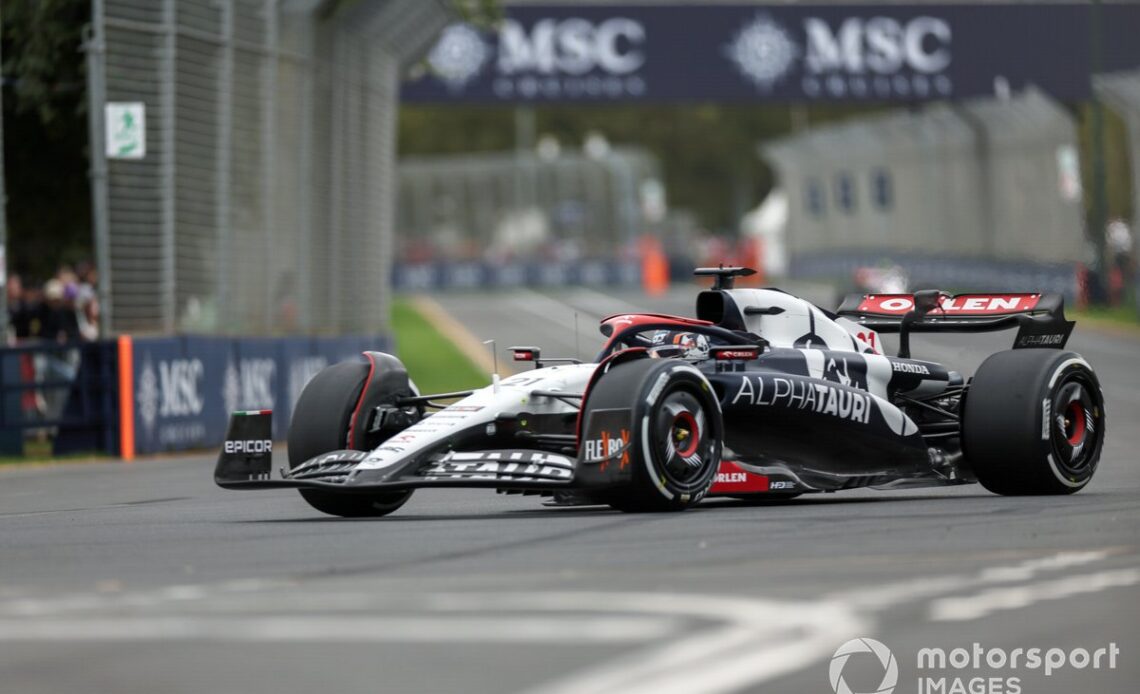The opening one-hour practice session at Albert Park was stopped after 40 minutes when it became clear that teams were unable to track cars on the circuit and as a result, there were several crash near-misses.
The FIA, therefore, opted to stop the session for nine minutes while the problem was investigated.
It quickly became apparent that the lack of live GPS tracking was creating the main safety issue, with drivers unaware of cars appearing behind them at high speed or going slowly up ahead as their teams had lost the ability to see what rivals were at that stage doing and issue warnings, as is the norm during busy practice and qualifying sessions.
But Motorsport.com has learned that the primary cause of the problem was not a failure of the GPS system F1 uses, as this remained active for the FIA’s monitoring systems in race control.
Instead, a server that handles the FIA’s tyre data and distributes that information to the live timing and television graphic systems failed.
Once the root problem had been rectified, the FIA was able to restart FP1, which was eventually topped by Red Bull’s Max Verstappen.
Discussing the situation after the wet FP2 session on Friday, several drivers agreed with the FIA’s call to stop FP1 given the lack of GPS data for the teams.
“It’s a bit tricky obviously,” said Alfa Romeo’s Valtteri Bottas.
“It depends on the track but when there’s lots of traffic and half of the field is on a fast lap and half of the field is on a slow lap then it’s a bit blind. So, I think it’s a bit of a safety thing.
“I think it would be manageable [to carry out without teams having GPS positioning information], but there’s this one extra risk factor that somebody’s parked in a blind corner and someone who comes flat out without information.”
Nyck de Vries, AlphaTauri AT04
Photo by: Lionel Ng / Motorsport Images
AlphaTauri’s Nyck de Vries said he thought it was “quite wise for them to red flag it because the speeds are so high and everyone was so much out of sync”.
“[And] then the visibility is poor,” he added.
“And when you’re relying always on the team and your engineer to inform you about the gaps and then suddenly they aren’t able to inform you then you can run into a tricky situation as we as we’ve seen.
“There’s not a lot of space [at Albert Park], it’s relatively narrow and the track is always turning so even in the mirrors it’s quite blind.
“Not a lot of ‘straight’ long straights, if that makes sense, except for up…
Click Here to Read the Full Original Article at Motorsport.com – Formula 1 – Stories…

